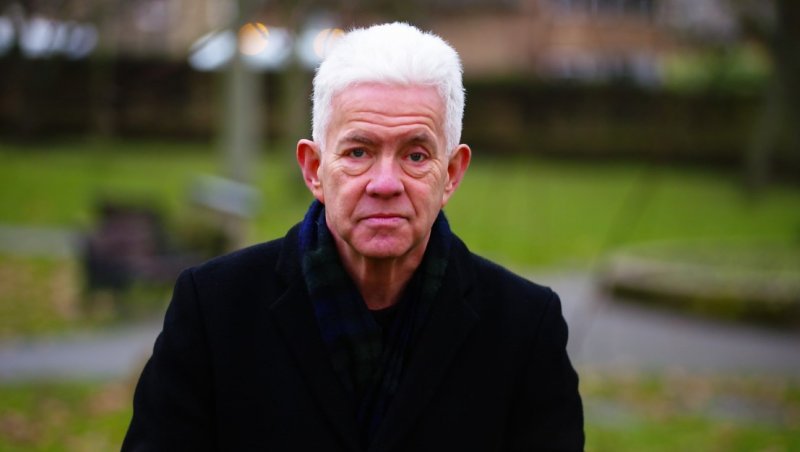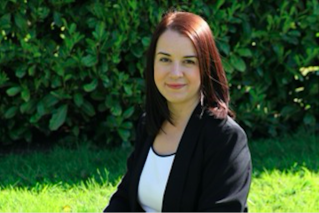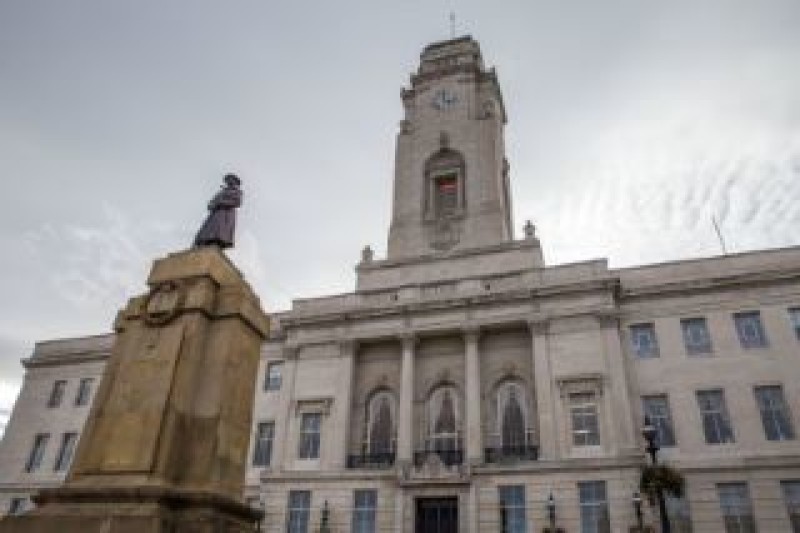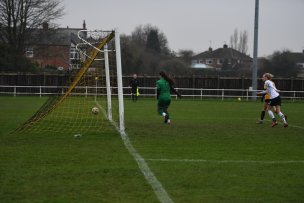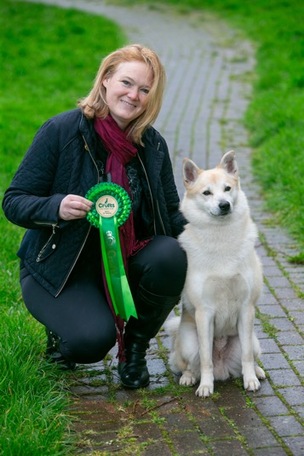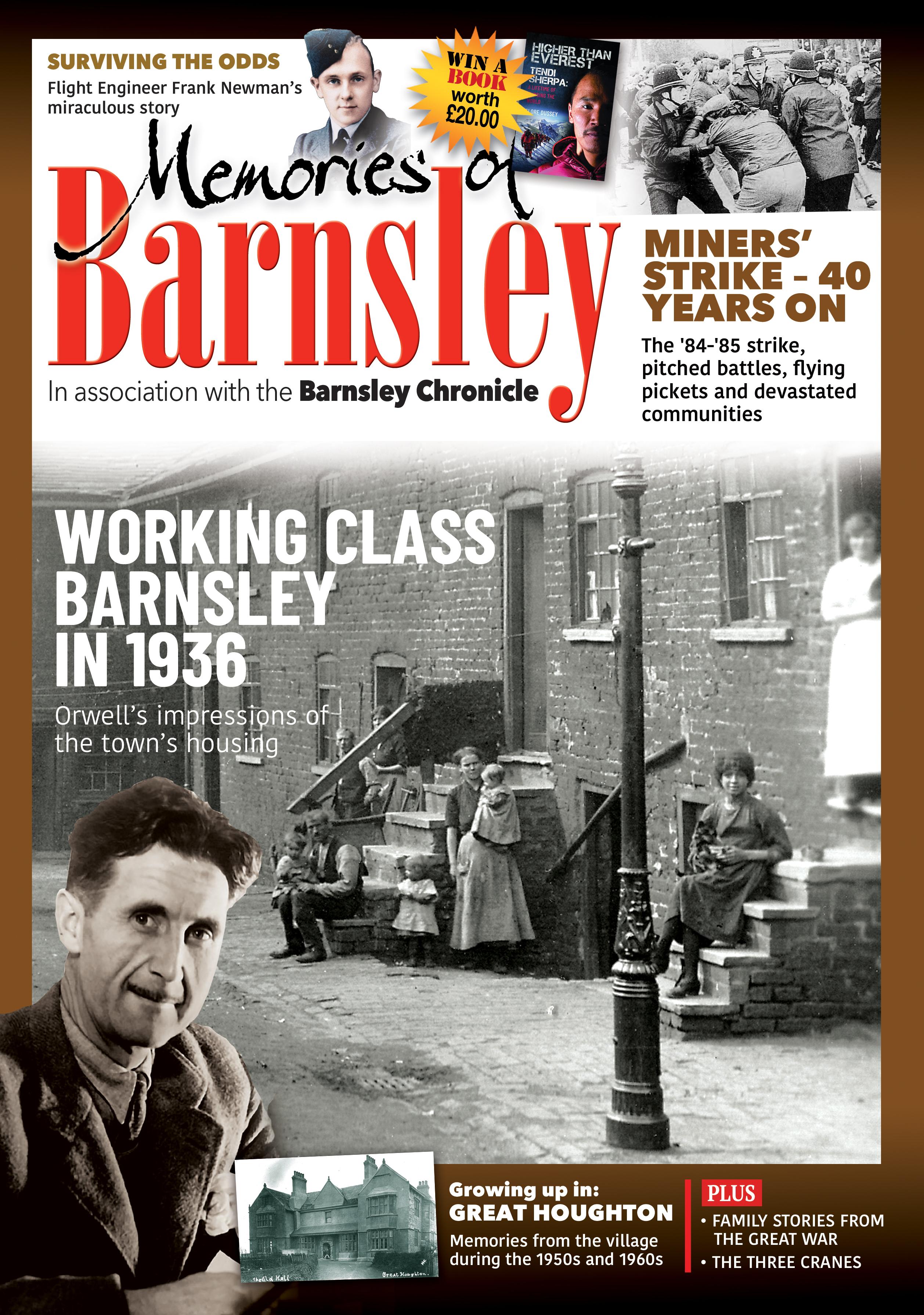A SCHEME totalling £2.6m which will see Barnsley Council buy back long-term empty homes with a view to bringing them back into use over the next three years is set to be approved by ruling cabinet members next week.
According to a report which will be discussed by cabinet on Wednesday, the waiting list for council houses stands at about 7,000.
The local authority’s empty homes acquisitions programme will see some of Barnsley’s 1,485 long-term empty homes - currently owned by private landlords or housing associations - continued to be purchased and brought back to the market.
A total of 205 properties were purchased by the council across the borough as part of the previous programme, which the council said represented excellent value for money having snapped up homes on average 12.5 per cent below market value.
An example of such work is on Carlton Street, Grimethorpe, where the council bought 22 Yorkshire Housing properties at a cost of just £13,863 per dwelling - homes which had been unoccupied and had fallen into disrepair but are now back in use.
The report said: “A number of housing associations are seeking to reduce their social rented housing stock in the borough often, but not exclusively, to fund newbuild housing programmes.
“The council is regularly approached to see if it would wish to purchase, prior to the properties being sold on the open market.
“Most housing associations will sell such properties at auction, often to the buy-to-rent market.
“An example of such a purchase is at Carlton Street.
“There are two main benefits for local people arising from the programme as it reduces the number of empty homes and maintains the number of dwellings available for council letting at social rent.
“Some of the properties involve major refurbishments and the work provides a variety of experience for apprentices involved in the partnership between Berneslai Homes and Kier.”
Latest performance figures show the council brought 171 homes back into use between April and December last year, reducing the number of long-term empty homes by four per cent - bucking the national trend which has seen a rise of six per cent.
Homes which have been empty for between six months and two years stand at 935, while the two-year to five-year bracket includes 311 homes.
Five years to ten years represents 167, while there are 72 homes which have been empty for more than ten years - a total of 1,485 across the borough.
“Having and maintaining an affordable home is an important part of tackling the impact of poverty and health inequalities,” the report added.
“Maintaining adequate numbers of well-managed, low cost and good quality council-owned properties is therefore a major part of tackling poverty and health inequalities within the borough.”

